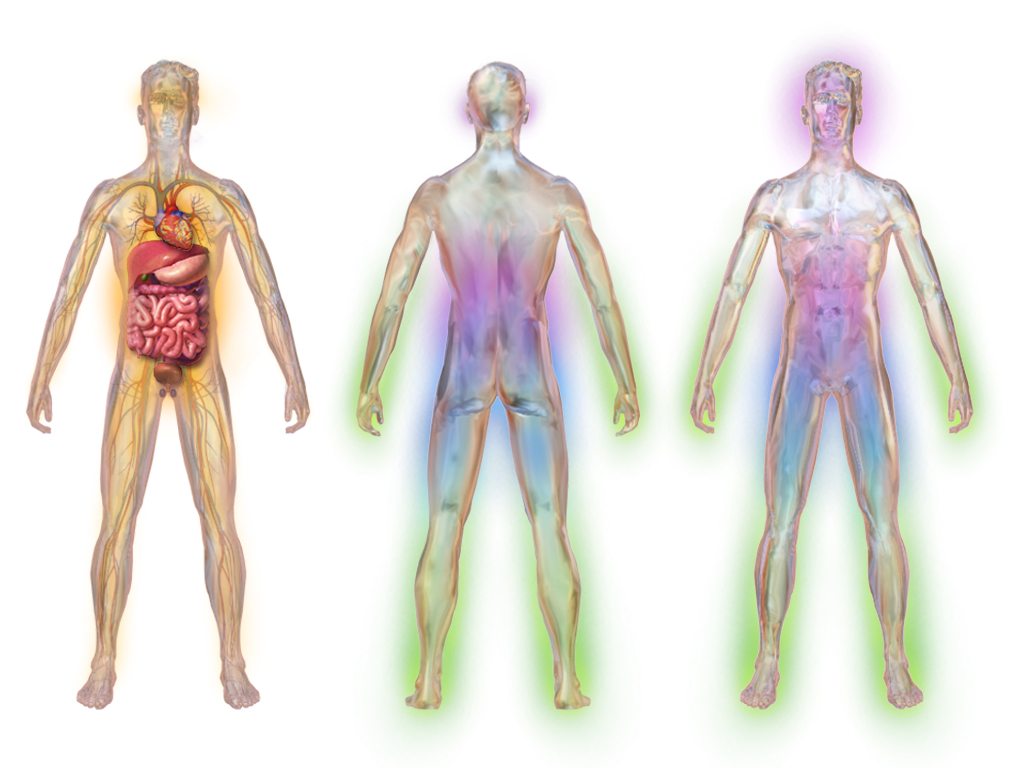Diabetic neuropathy has various forms...there are four classes, or subtypes.
The first subtype is Autonomic neuropathy. This can affect the heart, blood vessels, GI tract, urinary tract, sex organs, sweat glands, eyes, and lungs. Autonomic neuropathy causes changes in digestion, bowel and bladder function, sexual response, and perspiration. Also affected are the nerves of the heart, and control blood pressure, as well as nerves in the lungs and eyes. Autonomic neuropathy can also trigger hypoglycemia unawareness, a condition in which people no longer experience the warning symptoms of low blood glucose levels.
The second subtype is known as Focal neuropathy. Affected body parts include eyes, facial muscles, ears, pelvis/low back, chest, abdomen, thighs, legs and feet. Patients with this subtype experience sudden muscle weakness or pain. Literally any body part can be affected.
The third subtype is known as Proximal neuropathy. This problem causes pain in the hips, buttocks, thighs, or legs.
The fourth and final subtype is known as Peripheral neuropathy. This is the most common subtype, and a common cause of chronic pain in the diabetic population. Peripheral neuropathy expresses itself as numbness, tingling, or pain in the arms, fingers, toes, legs, and/or feet. This is due to nerve damage. These patients experience symptoms such as
Source: NIH
Tomorrow: diagnosis and treatment of diabetic neuropathy
The first subtype is Autonomic neuropathy. This can affect the heart, blood vessels, GI tract, urinary tract, sex organs, sweat glands, eyes, and lungs. Autonomic neuropathy causes changes in digestion, bowel and bladder function, sexual response, and perspiration. Also affected are the nerves of the heart, and control blood pressure, as well as nerves in the lungs and eyes. Autonomic neuropathy can also trigger hypoglycemia unawareness, a condition in which people no longer experience the warning symptoms of low blood glucose levels.
The second subtype is known as Focal neuropathy. Affected body parts include eyes, facial muscles, ears, pelvis/low back, chest, abdomen, thighs, legs and feet. Patients with this subtype experience sudden muscle weakness or pain. Literally any body part can be affected.
The third subtype is known as Proximal neuropathy. This problem causes pain in the hips, buttocks, thighs, or legs.
The fourth and final subtype is known as Peripheral neuropathy. This is the most common subtype, and a common cause of chronic pain in the diabetic population. Peripheral neuropathy expresses itself as numbness, tingling, or pain in the arms, fingers, toes, legs, and/or feet. This is due to nerve damage. These patients experience symptoms such as
- numbness or insensitivity to pain or temperature
- a tingling, burning, or prickling sensation
- sharp pains or cramps
- extreme sensitivity to touch, even light touch
- loss of balance and coordination.
Source: NIH
Tomorrow: diagnosis and treatment of diabetic neuropathy

Reading articles help us boost our confidence and be positive no matter what. I found this article really very useful. Thanks!
ReplyDelete